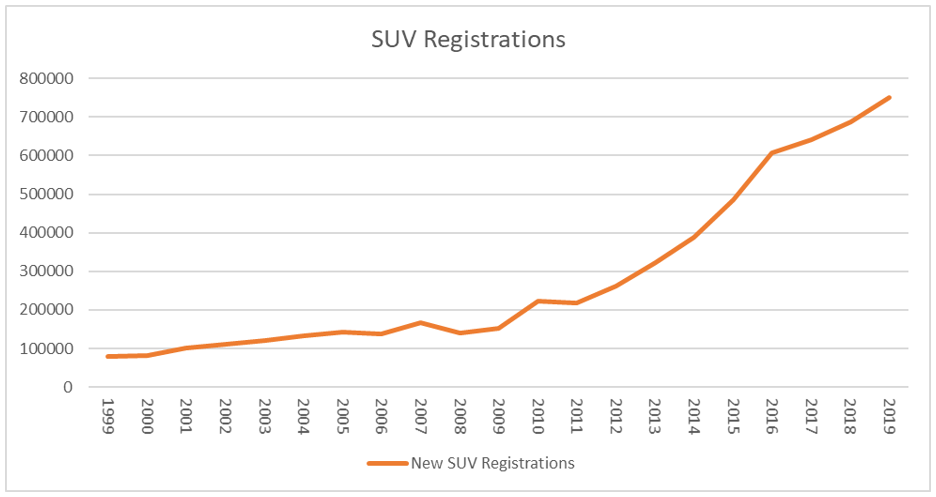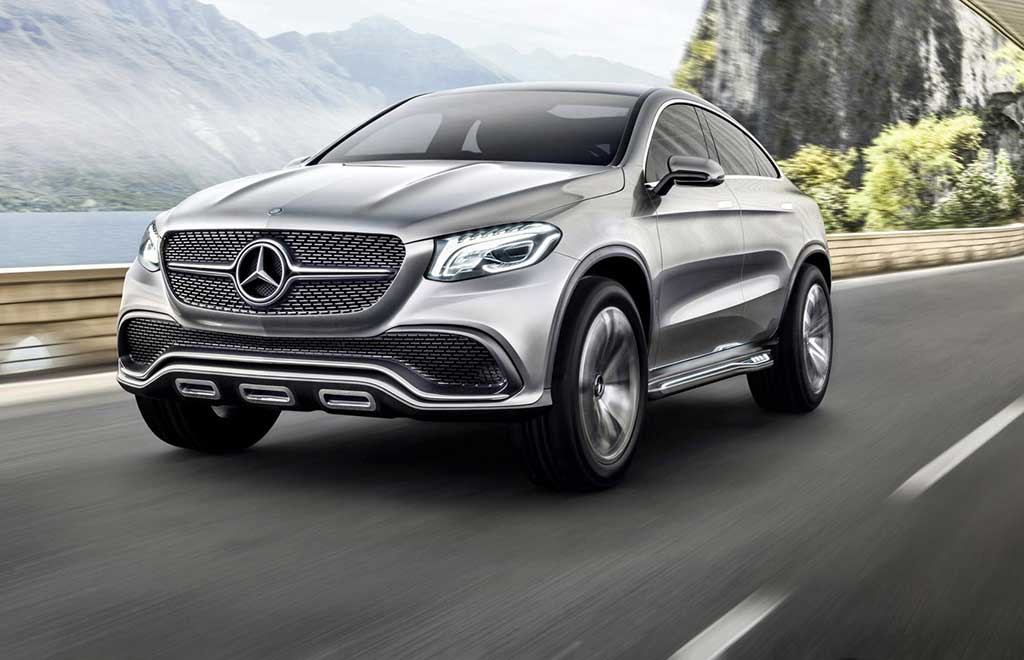The phenomenal rise of the SUV from low volume niche model and premium off-roader to best seller for many manufacturers has been meteoric in automotive terms. In 2006, Nissan launched the Qashqai, which proved to be an almost instant success. It gave consumers the raised driving position and looks of an off-roader, together with the attractive price point and practicality of a family hatchback. Almost immediately, traditional saloons and hatchbacks began falling from customer shopping lists.

SUV registrations started increasing markedly in 2007 shortly before the recession of 2008/9 impacted all new car activity. Since 2009 demand has rocketed as shown in the graph above. All volume manufacturers had to rethink where volume sales were going to come from, with traditional saloon, hatchback and estate demand falling sharply.
Qashqai registrations climbed from under 20,000 units in 2007 to nearly 65,000 in 2017. Since then, Nissan have lost ground due to the tidal wave of new or improved entrants to this segment whilst new registrations are also now in a gradual decline.
The residual values (RVs) of SUVs have been generally strong over time. The following graph gives the average SUV RV at 3 years of age. Apart from the recessions in 2008/9 where the values of cars from all segments dipped before rising significantly again, residual values have been robust.

Since 2012, RVs have gradually declined, linked to the dramatic increase in registrations shown in the first graph, showing that volume has had the expected result of softening RVs. With the SUV success story, the increase in volumes have inevitably affected RVs. However, with new launches planned by most manufacturers, SUVs with a whole range of drivetrains from petrol, diesel, hybrid, battery and hydrogen, SUVs will be available in the UK market for a long time to come.

 Close
Close